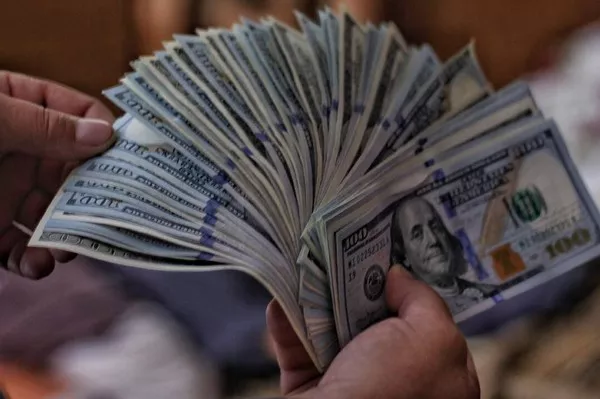The US dollar has been on a downward trend in recent months, with its value against other major currencies like the Euro and the Japanese yen declining significantly. While this may not be good news for some US businesses and consumers who import goods from abroad, there are several factors driving this trend that are worth exploring.
In this article, we will delve into the reasons why the dollar is falling today, including:
1. The Impact of COVID-19 on the US Economy
2. The Federal Reserve’s Monetary Policy
3. Political Uncertainty in the US
1. The Impact of COVID-19 on the US Economy
The COVID-19 pandemic has had a significant impact on the US economy, causing widespread job losses, business closures, and reduced consumer spending. In response, the US government has implemented a range of monetary and fiscal policies to support the economy, including low-interest rates, stimulus payments, and increased government spending.
While these policies have helped to cushion the blow of the pandemic, they have also contributed to the decline of the dollar. Low-interest rates, in particular, make the currency less attractive to foreign investors looking for higher returns on their investments. As a result, these investors may choose to invest in other currencies or assets instead, further driving down the value of the dollar.
2. The Federal Reserve’s Monetary Policy
The Federal Reserve, the central bank of the United States, also plays a significant role in the value of the dollar. In response to the economic impacts of COVID-19, the Fed has kept interest rates near zero and has implemented a massive quantitative easing program to inject liquidity into financial markets.
While these policies have helped to stabilize financial markets and support economic activity, they have also contributed to the decline of the dollar. When the Fed buys assets like government bonds, it increases the money supply, which can lead to inflation over time. This, in turn, can reduce the value of the dollar relative to other currencies.
3. Political Uncertainty in the US
Finally, political uncertainty in the US may also be contributing to the decline of the dollar. The country has experienced significant political turmoil in recent years, including the divisive 2020 presidential election and the storming of the Capitol building in January 2021.
This political instability can undermine confidence in the US economy and its currency. Investors may be hesitant to invest in a country with such high levels of uncertainty, which can further drive down the value of the dollar.
Conclusion
In summary, the decline of the US dollar is driven by several factors, including the impact of COVID-19 on the economy, the Federal Reserve’s monetary policy, and political uncertainty in the country. While this trend may cause some short-term challenges for US businesses and consumers, it may also create opportunities for those who export goods and services abroad or invest in foreign assets.
Looking ahead, it will be important for policymakers to carefully balance the need for economic stimulus with the potential risks of inflation and currency devaluation. By taking a measured approach to monetary and fiscal policy, the US government can help to support economic growth while maintaining the strength of the dollar in global markets.


